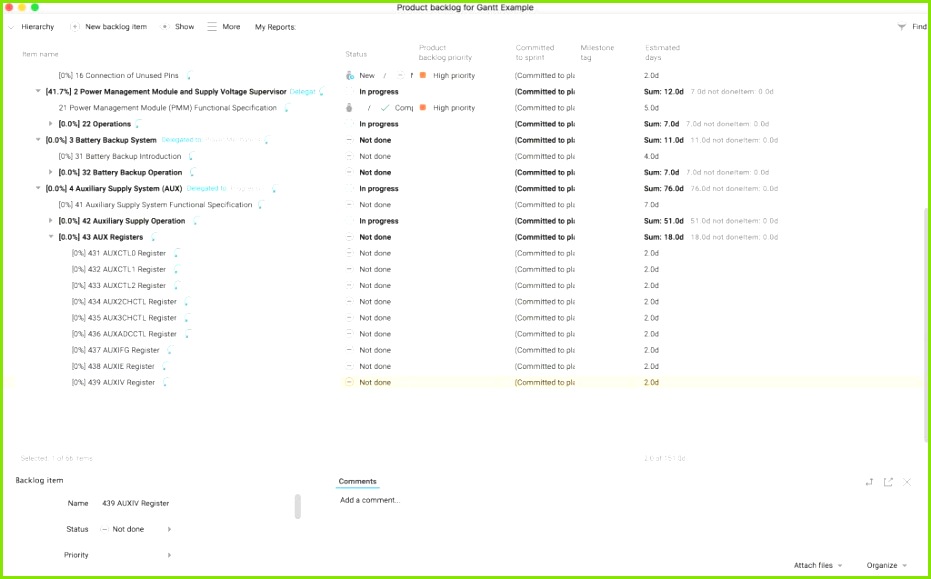
Now you can open the index page of the project in the browser on At first, you should only see the welcome page that Gatsby has prepared for us. Then move into the project folder with the command cd gantt-chart-gatsby and build the project with the command gatsby develop. I name it “gantt-chart-gatsby”: gatsby new gantt-chart-gatsby We’re ready to create a new project using the Gatsby CLI. With this tool, we can now install the Gatsby CLI: npm install -g gatsby-cli With Node we also get npm, the Node package manager. The current version of Node should be displayed: node -v You can check if it’s installed correctly by typing node -v on the console. If you want to develop my example application step by step, you should start as outlines below.įirst, you should download and install Node.js. SitePoint’s Gatsby tutorial provides all the information you need to develop an application with this framework. This reduces the loading time of the application for the user.

The HTML files are therefore statically available on the server (hence the name static site generator) and can be sent directly to the client when requested.

This build process is carried out at regular intervals on the server side, in contrast to conventional web applications where the HTML code is first assembled on the client side in the user’s browser. This means you write your application with React, and Gatsby translates your code into HTML files that are understandable to the browser.


 0 kommentar(er)
0 kommentar(er)
